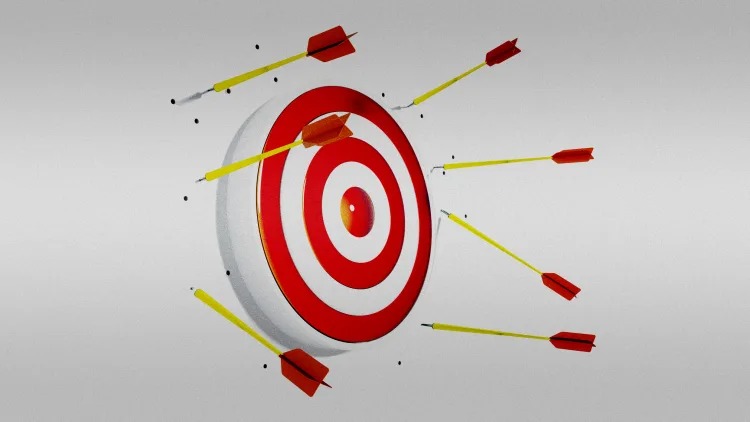- | 8:00 am
A professor of learning science explains how failure helps you learn
In his new book, learning expert Manu Kapur explores the science of failure and what it means to fail productively.

Imagine you are watching a movie, a delightfully engaging and entertaining film. Now imagine that the person sitting next to you is an acclaimed director, an expert at making movies.
Will you see the same movie as the director? In a sense, you will: The same sequence of images will appear before each of you. But what you will notice out of those images, the patterns you will see, the significance you will give to various elements of the movie, even the things you will see and will remember seeing—these are likely to be different unless you are an expert director yourself.
Decades of research on the difference between experts and novices has clearly demonstrated that experts see different things than novices. Novices tend to see superficial features, but experts see what is essential, the deep structure and critical features. It is seeing the deep structure that leads to understanding and powerful learning.
It turns out seeing is not simply a perceptual exercise but a cognitive one as well. We don’t just see with our eyes, but with our minds: Seeing is a function of what one knows. And herein lies the paradox (and challenge) of teaching a novice. A novice, by definition, does not have the knowledge to see what is critical. Yet, the novice needs to somehow be able to see the critical features to be able to develop expertise.
The solution to the paradox lies in realizing that the first job of teaching is actually not to teach. The first job of teaching is to prepare the novice to see with an expert’s eyes. Indeed, my mistake as a math teacher was in assuming that my students could understand the principles I was trying to show them. Instead, I needed to activate my students’ ability to see the critical features of the problem before I could expect them to fully grasp the solution. How could I do that?
I realized that the best way to really teach something is to engage students in problem-solving activities specifically designed for them to productively struggle and even fail, and only then give them the correct explanation or lecture. Instead of waiting for failure to happen, I wanted to intentionally design for failure and then bootstrap it for learning from subsequent instruction, turning the initial failure into deep learning, that is, Productive Failure.
Since I made the realization, I have discovered by failing—and beginning to understand the reasons why they were failing—students could start to approach a problem in a way that enables them to see the critical features for success. They are then prepared to learn from subsequent explanation, instruction, or expert feedback.
As a teaser, let me just say that Productive Failure students have invariably demonstrated significantly deeper conceptual understanding as well as a greater ability to transfer what was learned to novel problems than students who had received Direct Instruction.
The bottom line: When learning something new, it is much too easy to find the path of least resistance. It is most natural to seek the easy way out. However, my research on Productive Failure shows that making learning easy does not always ease learning. If not intentionally designed to leverage failure in the initial stages, learning tends to be shallow and inflexible.
But with it, learning is deep, flexible, and adaptive. Productive Failure suggests that making initial learning more difficult and challenging, where you may struggle and even fail to solve a problem or perform a task, can be beneficial for learning.
To be clear, the proposition of Productive Failure is not simply that failure, if and when it happens, should be seen and used as an opportunity to learn. Of course all of us make mistakes from time to time, we falter and fail. Everyone can relate to such experiences, and I do believe some of our deepest lessons can come from our failures.
In Productive Failure, the question I ask is: If failure is indeed such a good teacher, why do we wait for it to happen? Why not intentionally design for it? Take solar or wind energy as an analogy. We know these are natural sources of energy. Do we just wait for them to generate energy by chance? No. We intentionally design tools and technologies to tap the energy for our use.
The same goes for failure. The proposition being that instead of waiting for failure to happen, we should be more proactive, and intentionally and systematically design for it so that everyone can have the opportunity to learn from it. By designing so, we can accelerate the initial learning process, and achieve dramatic results.
Excerpted with permission from the publisher, Wiley, from Productive Failure: Unlocking Deeper Learning Through the Science of Failing by Manu Kapur. Copyright © 2025 by Manu Kapur. All rights reserved. This book is available wherever books and eBooks are sold.






































